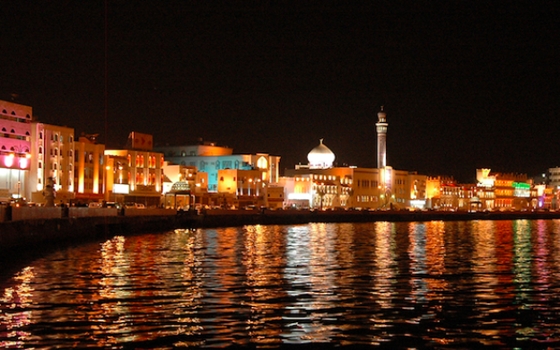Sustained growth in Oman’s tourism industry is expected on the back of rising interest in the destination together with favorable economic conditions driving up disposable income and improved connectivity.
Over 2.1m tourists visited the Sultanate in 2013, according to government figures, up by 7.8% on the previous year. Oman is moving at speed to accommodate a rise in visitor numbers by rolling out several hotels and infrastructure projects. However, skills shortages in the local labor market risk hampering the industry’s fast-paced expansion.
Promising outlook
Tourism made a direct contribution of $2.5bn to the economy in 2013, equivalent to 3% of gross domestic product (GDP), according to a report released in April by the World Travel and Tourism Council (WTTC).
The council’s Travel and Tourism Economic Impact 2014 report on Oman said it expected that figure to rise by 10.2% this year, after which it anticipates an average annual increase of 5.4% throughout the following decade.
Once investment, the supply chain and induced income impacts were included, tourism’s overall contribution to Oman’s economy last year reached $5bn, and is forecast to hit $10.1bn by 2024, the council said. By this time, the WTTC concluded, the industry should account directly for 4.4% of national employment.
Oman has witnessed an increase in domestic business and leisure travel on the back of rising economic momentum. The domestic travel component accounted for more than half of all direct spending, according to the council’s findings.
Selling points
Analysts have pointed out that while the Sultanate might have a less glamorous image than some of its neighbors, the country’s vast and diverse geography, which includes deserts, mountains and 3400 kilometers of coastline, is nonetheless attracting significant interest.
Improvements to Oman’s transport infrastructure and connectivity are playing a key part in supporting tourism growth.
Bahaa Hefzalla, marketing director with the Muriya Tourism Development Company, believes that upgrades to Oman’s airports, coupled with the opening of new facilities in regional hubs, have helped to broaden the country’s appeal.
“There are now more direct flights to Salalah from major GCC cities and more frequent flights from Muscat around Oman,” Hefzalla told OBG. “This is opening many doors for tourism companies and developers. The demand is…skyrocketing.”
Meeting needs
The Ministry of Tourism last year sanctioned the development of 54 new hotel resorts across the country for 2014, which will increase the number of rooms available by almost 3000. A total of 24 new hotels opened their doors in 2013, bringing the number to 282, while room stocks reached 14,400, marking a 12.3% year-on-year increase, the ministry said in June.
However, while the industry is forging ahead in many ways, a skills gap in the labor market may curb growth.
Hezfalla told OBG that a shortage of local, trained professionals was forcing operators to recruit from abroad. “We want to hire locals – no visa, housing, etc – but there are simply a limited number of Omanis qualified to work in or run a five star resort,” he said.
The shortfall is expected to ease as training programs, such as those offered at the National Hospitality Institute and Oman Tourism College, begin yielding results and locals already working in the industry gain experience. However, both faculties will struggle to produce the number of graduates needed to meet the rapidly expanding demands of the hospitality industry. Additional support may be required in the form of increased spending on vocational training and input from private sector education providers.
Oxford Business Group
13 August
























































